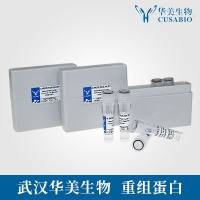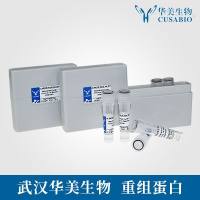Analysis of Bacterial Glycolipids by Capillary Electrophoresis-Electrospray Mass Spectrometry: Haemophilus influenzae and Neisseria meningitidis Lipop
互联网
互联网
相关产品推荐

Recombinant-Neisseria-meningitidis-serogroup-B-Undecaprenyl-diphosphataseuppPUndecaprenyl-diphosphatase EC= 3.6.1.27 Alternative name(s): Bacitracin resistance protein Undecaprenyl pyrophosphate phosphatase
¥11214

Recombinant-Hordeum-vulgare-Low-molecular-mass-early-light-inducible-protein-HV60-chloroplasticLow molecular mass early light-inducible protein HV60, chloroplastic; ELIP
¥9968

Recombinant-Human-Anthrax-toxin-receptor-2ANTXR2Anthrax toxin receptor 2 Alternative name(s): Capillary morphogenesis gene 2 protein; CMG-2
¥12838

Cell Cycle Analysis Kit (with RNase)(BA00205)-50T/100T
¥300

Recombinant-Haloarcula-vallismortis-Bacterial-rhodopsin-CSR3Bacterial rhodopsin CSR3
¥10878
相关问答

